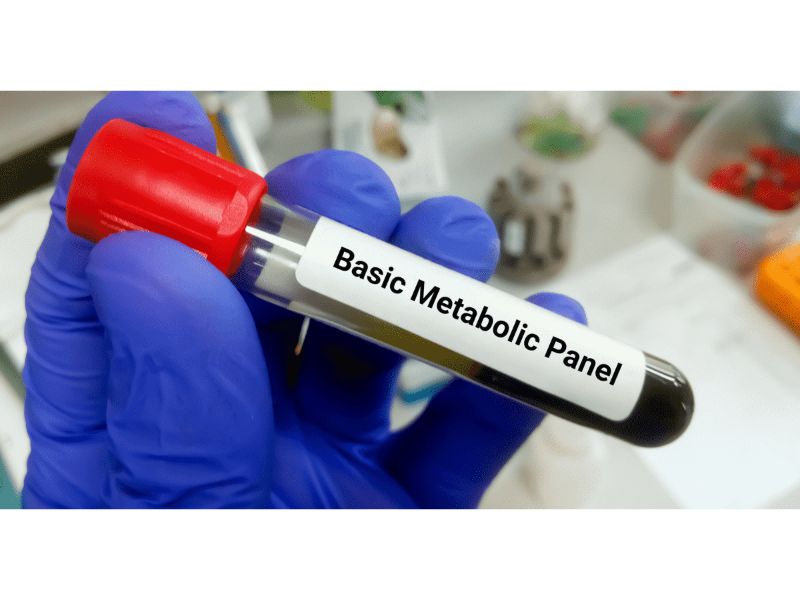A basic metabolic panel (BMP) is a group of tests commonly done to measure your body’s metabolism. It includes blood tests that measure the level of certain chemicals in your blood, including glucose, electrolytes, calcium and carbon dioxide. These tests are often used to look for signs of various medical conditions or to evaluate the effectiveness of certain treatments. A BMP is usually done in combination with other tests needed to diagnose diabetes, kidney disease, liver disease, and other medical conditions.
Laboratory testing is an important way to monitor your health and get a better look at what is going on inside of your body. But most of us only understand these tests in terms of “good” and “bad” or “high” and “low.” As part of Tria Health’s commitment to increasing your engagement in your health, we will be periodically featuring common lab tests along with an explanation of what those numbers mean for you.
The Basic Metabolic Panel (BMP) is a very common panel ordered by your provider, often at your yearly physical, to assess various parts of your body’s functions. The BMP is a panel of 7 blood tests that can be run on a small amount of blood—usually less than 0.5 mL (that’s like a 10th of a teaspoon). Here’s a brief description of each test that make up the panel and what your doctor is looking for in each of them.
Sodium (normal range is 138-146 mmol/L):
Sodium is a major electrolyte found in the blood stream that helps move water throughout the body. Depending on other medical factors, this test can assist in diagnosing a number of conditions ranging from common dehydration to kidney or liver disease and heart failure.
Potassium (normal range is 3.7-5.3 mmol/L):
Potassium is a major electrolyte that works similarly to sodium, except it’s found primarily inside of red blood cells. Increased levels of potassium can suggest the breakdown of tissue or red blood cell, due to injury or other medical condition. Significantly increased or decreased potassium levels can cause cardiac arrhythmias, or heart palpitations. Numerous medications can also affect potassium levels and require routine monitoring to ensure potassium levels are not fluctuating.
Chloride (normal range is 98-109 mmol/L):
Chloride is another electrolyte that commonly parallels the level fluctuations of sodium. It is a key indicator of hydration levels that can be affected by gastrointestinal issues like diarrhea or vomiting.
Carbon Dioxide (normal range is 23-30 mmmol/L):
Carbon dioxide is a primary detector in the pH of your body. It can detect major issues with metabolism or respiratory illness.
Glucose (normal range is 70-110 mg/dL):
Commonly referred to as blood sugar, glucose is a major indicator of diabetes when drawn after a patient has been fasting for 10-12 hours.
Creatinine (normal range is 0.7-1.5 mg/dL) and BUN (normal range is 8-26 mg/dL):
These two tests are commonly do together to monitor the ratio of BUN to Creatinine. Increased levels of both can indicate kidney disease or malfunction. Certain diseases such as diabetes and high blood pressure as well as various medications can affect kidney function. Your Tria pharmacist can review your medications and disease states to be sure that adequate monitoring is in place to identify development of kidney problems before they become a serious issue.

